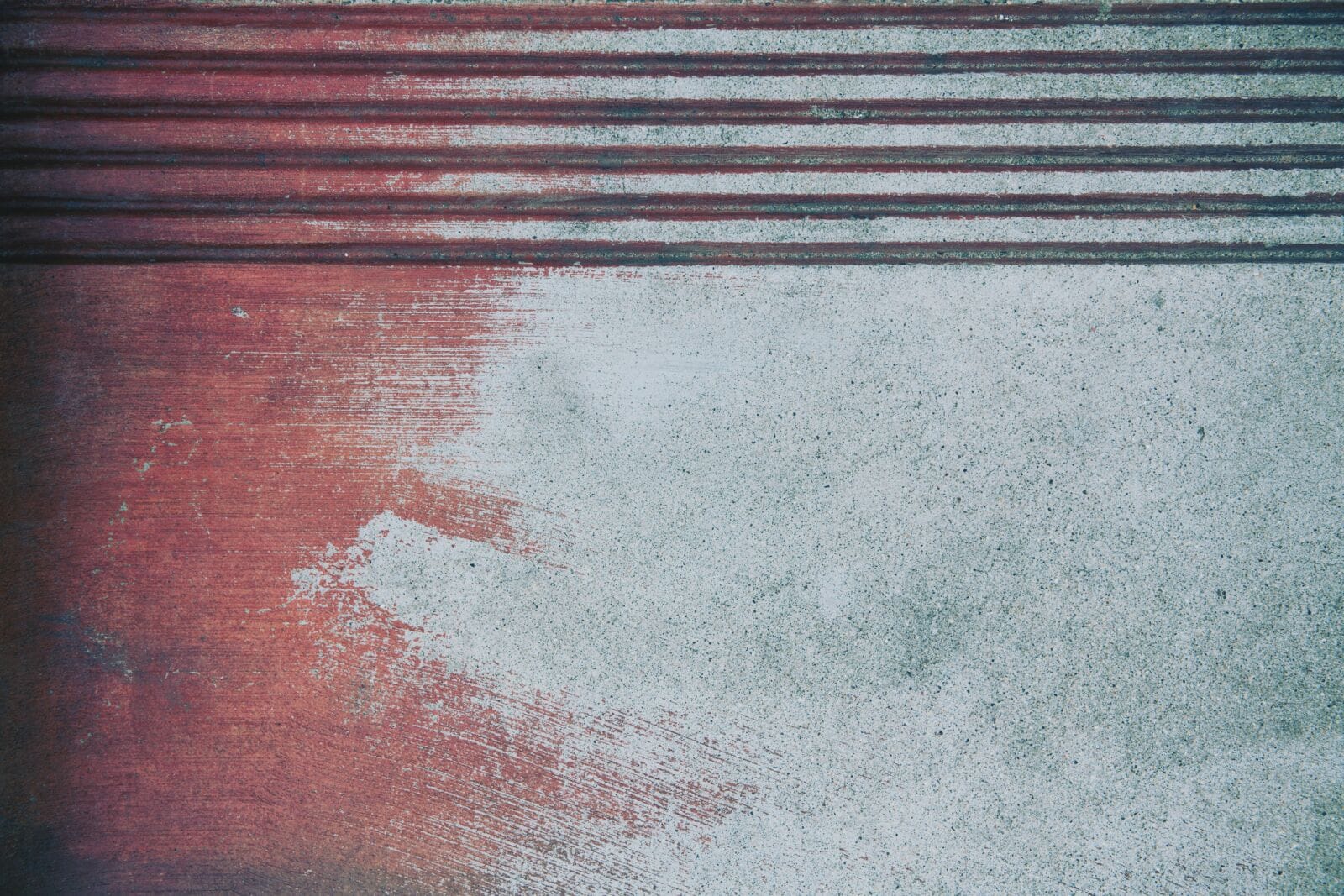Last summer, landscape designer Sarah Martinez transformed her bland concrete patio into a stunning outdoor oasis using nothing more than concrete stain and creativity. What started as a dull gray slab became a rich, earth-toned masterpiece that her neighbors now admire from their kitchen windows. According to the National Association of Home Builders, outdoor living spaces have become one of the most requested home improvements, with 85% of homeowners prioritizing patio and deck upgrades over interior renovations.
Stained concrete offers the perfect solution for homeowners seeking to create beautiful, durable outdoor spaces without breaking the bank. Unlike traditional paving materials, decorative concrete provides endless customization possibilities while delivering the longevity and low maintenance that busy homeowners crave.
LOCAL NEWS: 100 best places to work and live in Arizona for 2025
Understanding the Stained Concrete Advantage
Concrete staining transforms ordinary surfaces into extraordinary focal points through chemical or water-based coloring systems. Chemical stains penetrate deep into the concrete, creating permanent color changes that won’t fade, chip, or peel. Water-based stains offer broader color palettes and more predictable results, making them ideal for homeowners seeking specific design outcomes.
The beauty of stained concrete lies in its versatility. Whether you’re working with an existing patio or planning a new installation, concrete staining adapts to virtually any design vision. From subtle earth tones that complement natural landscaping to bold statement colors that define entertainment areas, the possibilities are limitless.
Essential Color Palette Strategies
Choosing the right colors sets the foundation for successful stained concrete patio ideas. Warm earth tones like terracotta, amber, and coffee create inviting spaces that blend seamlessly with outdoor environments. These colors work particularly well around pool areas, where they complement blue water and green landscaping.
For contemporary homes, consider cooler color palettes featuring charcoal, slate blue, or sage green. These sophisticated hues pair beautifully with modern outdoor furniture and architectural elements. Don’t overlook the power of layering multiple stain colors – professional applicators often use two or three complementary shades to create depth and visual interest.
Neutral color schemes remain timelessly popular for good reason. Soft grays, warm beiges, and creamy whites provide elegant backdrops that highlight outdoor furniture, planters, and architectural features. These versatile colors also photograph beautifully, an important consideration for homeowners who love entertaining and sharing their outdoor spaces on social media.
Creative Pattern and Design Applications
Beyond solid color applications, stained concrete opens doors to numerous pattern possibilities. Border designs frame outdoor living areas beautifully, creating defined spaces for dining, lounging, and cooking. Consider contrasting border colors that complement your home’s exterior palette while adding visual structure to large patio areas.
Geometric patterns bring contemporary flair to outdoor spaces. Diamond, hexagon, and chevron designs work particularly well in modern settings, while flowing organic patterns suit traditional and Mediterranean-style homes. These patterns can be achieved through careful masking during the staining process or by combining different application techniques.
Faux finishing techniques allow homeowners to achieve premium looks at fraction of the cost. Skilled applicators can create convincing stone, marble, or even wood appearances using specialized staining methods. These techniques work exceptionally well for pool deck applications, where homeowners want the appearance of natural stone without the maintenance requirements.
Practical Considerations for Outdoor Applications
Slip resistance becomes crucial when selecting stained concrete patio ideas for areas exposed to water. Pool decks, outdoor kitchens, and patios in rainy climates require additional texture to ensure safety. Fortunately, concrete can be treated with various texturing techniques before staining, creating surfaces that are both beautiful and functional.
Proper surface preparation makes the difference between mediocre and spectacular results. Existing concrete must be thoroughly cleaned, repaired, and profiled to accept stain evenly. New concrete requires adequate curing time – typically 28 days – before staining can begin. Rushing this process often leads to inconsistent color and premature wear.
Climate considerations also influence stain selection and application timing. Hot, dry conditions can cause stains to dry too quickly, resulting in uneven coverage. Conversely, high humidity can slow curing times and affect final color development. Professional contractors understand these nuances and adjust their techniques accordingly.
Protective Finishes and Long-Term Care
Quality sealants protect stained concrete investments while enhancing their appearance. Penetrating sealers provide excellent protection without changing the surface appearance, while film-forming sealers add gloss and enhance color vibrancy. For high-traffic areas like pool decks and entertainment spaces, consider sealers with built-in slip resistance additives.
The sealing process should occur after stains have fully cured but before heavy use begins. Most professionals recommend resealing every 2-3 years, depending on traffic levels and weather exposure. This maintenance schedule ensures continued protection and color retention.
Regular cleaning maintains the beauty of stained concrete surfaces. Simple soap and water solutions handle most cleaning needs, while specialized concrete cleaners address stubborn stains. Avoid harsh chemicals that can damage both the stain and protective sealer layers.
Staying Current with Outdoor Design Trends
Today’s outdoor design trends favor natural materials and earthy color schemes that connect indoor and outdoor living spaces. Stained concrete fits perfectly into this aesthetic, especially when combined with natural stone accents, wood elements, and abundant plantings. The key lies in creating cohesive color stories that flow from interior spaces to outdoor areas.
Sustainability concerns drive many homeowners toward concrete staining as an eco-friendly alternative to replacement. Rather than demolishing existing surfaces, staining transforms them into beautiful, functional spaces while reducing construction waste and environmental impact.
Actionable Takeaways for Your Project
Start your stained concrete project by evaluating your existing surface conditions and identifying any necessary repairs. Research local contractors with demonstrated experience in decorative concrete applications, and request to see recent project photos and references.
Develop a comprehensive color and design plan before beginning work. Consider how your stained concrete will complement existing landscaping, outdoor furniture, and architectural features. Remember that darker colors show dust and debris more readily, while lighter colors reflect heat better in sunny climates.
Budget for proper surface preparation, quality materials, and professional application. While stained concrete costs less than many premium paving materials, cutting corners on preparation or materials often leads to disappointing results and costly repairs.
Plan your project timing carefully, allowing adequate curing time for both stain application and sealer installation. Most contractors recommend avoiding extreme weather conditions during application, so schedule your project during mild, dry periods when possible.
With thoughtful planning and professional execution, stained concrete transforms ordinary outdoor spaces into extraordinary living areas that provide years of enjoyment and increased property value.




